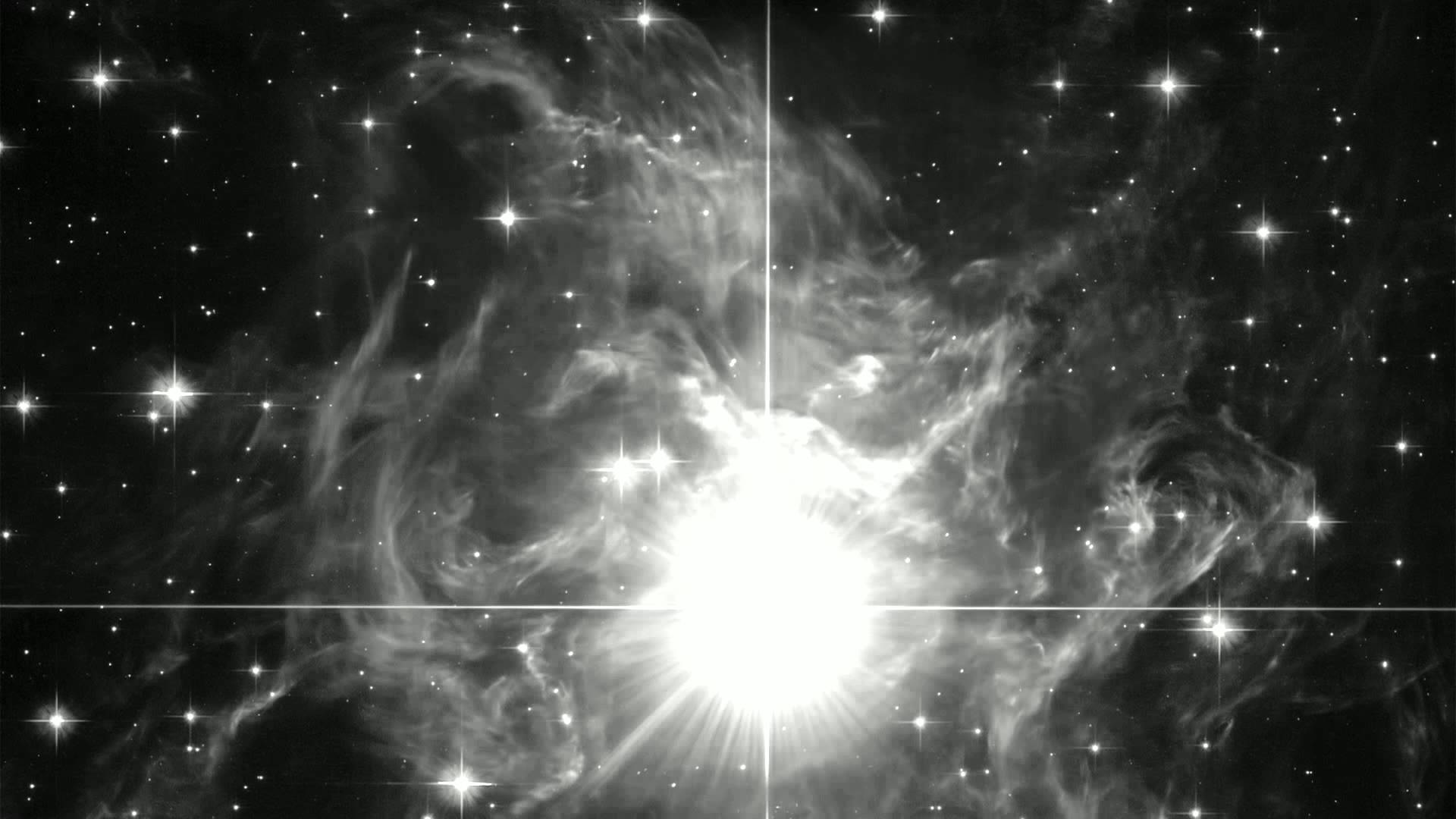This is a bit more background on their findings:
A new Hubble image shows RS Puppis, a type of variable star known as a Cepheid variable. As variable stars go, Cepheids have comparatively long periods. RS Puppis, for example, varies in brightness by almost a factor of five every 40 or so days.
RS Puppis is enshrouded by a nebula — thick, dark clouds of gas and dust. Hubble observed this star and its murky environment over a period of five weeks in 2010, capturing snapshots at different stages in its cycle and enabling scientists to create a time-lapse video of this ethereal object.
Do you agree with their theories in the video? Perhaps you have your own? Feel free to share your ideas and we have a feeling we will hear more about this particular mystery.
Check back for updates.

There are hundreds of billion billions pulsating Stars in the Observable Universe that blew itself up – when the last of its hydrogen fuel were consumed – collapsed onto itself and manifested into a super fast spinning invisible ball of ether. It is believed that the emergence of a Black Hole comes from an explosion and collapsed of a pulsating Star.